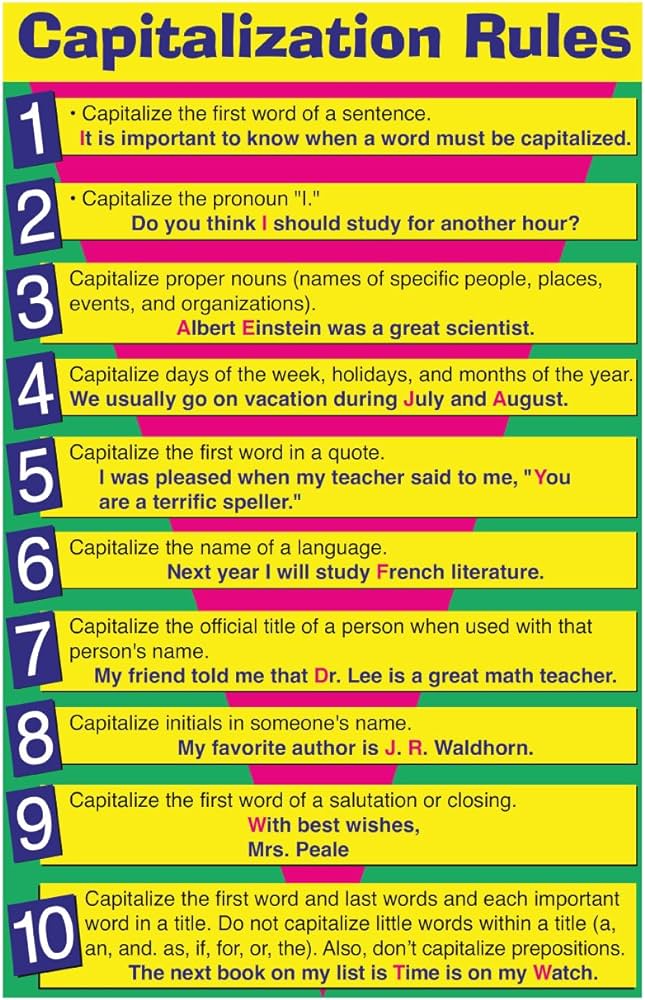Three Strategies for Teachers Who Use AI
How can teachers team up with AI to save time and support student learning?

Share
August 5, 2025
How can teachers team up with AI to save time and support student learning?
Share
By Barbara R. Blackburn and Melissa Miles
Read the second blog in this series: 3 Ways to Teach Appropriate Use of AI.
We are short on time, energy and manpower. Artificial intelligence can help us work smarter rather than harder. Using it to help with everyday tasks can cut down on hours of work. However, it is important and essential to note: AI cannot simply be a shortcut that goes unchecked. It is not human. It doesn’t know your students or parents. It is ultimately up to us to ensure that we take what the technology can do for us and then personalize it so it meets the developmental, emotional and personal needs of our students. That said, here are three of the most popular ways educators can benefit from it.
One of the best time-saving strategies Melissa (“Missy”) Miles has used in her classroom are text expanders. A text expansion tool utilizes keyboard shortcuts or shortened forms to substitute recurring typing with phrases, sentences or text blocks. Miles can create frequent comments for student feedback so that she doesn’t have to type the same feedback over and over. Links to helpful tutorial videos, anchor charts or class notes can be included for students to easily access. These work great with Google Docs! For example: “/cap” becomes “check the rules for capitalization of proper nouns.”

Miles also uses text expanders to create parent and student email templates with drop-down menus, toggle fields, formulas, tables, and many other features to personalize them quickly and efficiently. This also cuts down on errors because you’ve proofed one template well and just revise fields as needed.
Many teachers are required to include standards with lesson plans or “I can” statements on students’ activities. Use text expanders for these as well. Essentially, you can use text expanders for anything you find yourself losing time over!
Once you enter the criteria you would like to see in your assignment, simply take what AI generates and edit it as needed to fit your students’ needs and interests.
Many education platforms such as Edpuzzle, Nearpod, and Quizizz now offer AI integration to help teachers create lessons, design assessments and generate questions. But you do not have to use an existing source to take advantage of the power AI holds. If you’re looking to develop a series of questions for groups in your science classroom, consider asking an AI tool to write five questions about photosynthesis based on the notes you provided or a video or text, two of which are recall, one synthesis, and one application. You could then ask it to differentiate the questions for below-grade level readers (more on this in the next section). Not only can AI write multiple-choice and short-answer questions, it can also create rubrics based on the standards you are assessing, vocabulary lists for the text or content students are encountering, choice boards for project-based learning, text analysis assignments, science labs for all ages, and many more incredible activities. Once you enter the criteria you would like to see in your assignment, simply take what AI generates and edit it as needed to fit your students’ needs and interests.
Likewise, there are opportunities with AI to present multiple explanations of a concept. It’s typically beneficial for students to see many examples. When Miles typed in “inflation” and asked AI to provide multiple explanations, for various grade levels, AI automatically used topics familiar to each age group to explain the same concept.
A final tool you can utilize with AI is image and video creation. Miles asked AI to create an image based of the following excerpt from “The Pedestrian” by Ray Bradbury.
“To enter out into that silence that was the city at eight o’clock of a misty evening in November, to put your feet upon that buckling concrete walk, to step over grassy seams and make your way, hands in pockets, through the silences, that was what Mr. Leonard Mead most dearly loved to do. He would stand upon the corner of an intersection and peer down long moonlit avenues of sidewalk in four directions, deciding which way to go, but it really made no difference; he was alone in this world of A.D. 2053, or as good as alone, and with a final decision made, a path selected, he would stride off, sending patterns of frosty air before him like the smoke of a cigar.” (Bradbury 1951)
The image created by AI:

The possibilities for using this tool to help students visualize are endless. I can envision using this image and asking students to make predictions about the tone, setting and main character in the text we will be reading. A task such as this could be done with any content area and any age. Movies can also be generated. Missy used invideo (ai.invideo.io) to create a movie that told the story of Willie B.—the oldest living gorilla in Zoo Atlanta. Within a few minutes, it produced a two-minute video with documentary-style footage from various online sources. It was narrated in the third person with a voice that might resemble what a gorilla would sound like if it could talk. And it told his story beautifully. But that’s not all. She then asked the chatbot to tell the story from Willie B.’s perspective. The next version was the first-person point view, told by the gorilla himself, with a different tone. This is a tool teachers can use across all content areas with students of all abilities and ages!
AI can help us work smarter if we know how to take advantage of it. Consider these options to save time and help you be more effective.
Join the team from the AI Educator Brain, which includes AFT’s Share My Lesson director Kelly Booz; New York City Public Schools teacher Sari Beth Rosenberg and EdBrAIn, our AI teammate (yes, it named and designed itself!). In this community, we will dissect the pros and cons of AI tools in education. Our mission: to determine how AI can support teaching and learning, and when it might be best to stick with tried-and-true methods.

Melissa Miles, M.Ed., is a middle school Language Arts teacher with over 18 years of experience and co-author of Rigor in the K-5 and 6-12 Language Arts and Social Studies Classroom with Dr. Barbara Blackburn. She’s a National Board-Certified educator, former Director of Educational Resources, and consultant for SpringBoard Curriculum and “Schools to Watch.” Melissa brings humor, practical strategies, and a focus on student ownership to her workshops.
